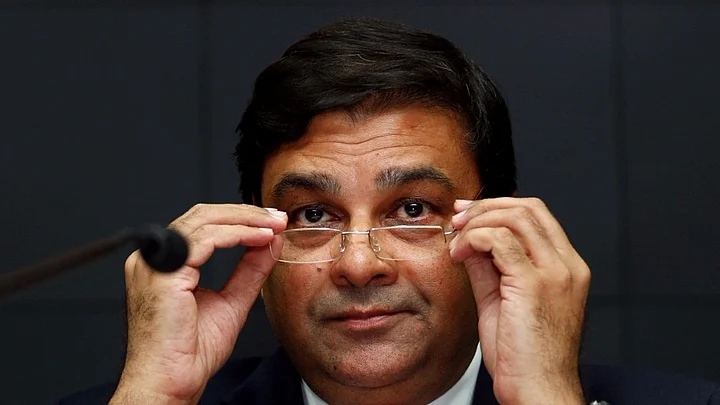Belying the expectations of a majority of economists and analysts, the Monetary Policy Committee opted to hike the policy repo rate by 25 basis points to 6.25 percent in its June meet itself, rather than wait till August.
Household inflation expectations have already moved up from elevated levels, probably owing to the saliency effects of the recent hike in petrol and diesel prices. That, together with the need to ensure that the MPC is not seen to be falling behind the tightening curve, likely underlay the decision.
The vote to hike was unanimous. This was contrary to the widely held belief that the Committee would be split, if not on the need for a hike, then at least on the timing. The unanimity conveyed the conviction that a hike was the appropriate action.
It was also a signal of the dangers of unhinging the 4 percent target anchor for inflation. This could lead to higher inflation expectations and, eventually, the central bankers’ nightmare of a wage-price spiral.
The surprise was that the MPC voted to retain a neutral stance. This was despite a higher inflation forecast, upside risks to inflation, the belief that “the output gap has almost closed” and the unanimity of voting. The need for ‘time consistency’ in policy over the course of FY19 is the probable reason.
The conclusion is that the prevailing degree of uncertainty persuaded the members to leave all possible rate actions on the table, without precluding any options.
If the economy faces too many headwinds, the MPC would have the flexibility to reverse course.
MPC Walks a Tight Rope
Another surprise this time was the unexpected absence of a hawkish tone.
The language of the MPC statements had turned progressively turning hawkish over the past few reviews, with an increasing quorum of members indicating their willingness to hike with incoming data.
The tone in the June policy didn’t have obvious elements of hawkishness. This is perhaps consistent with the neutral stance and the likely need to infuse banking liquidity over time.
Walking the tightrope between a tight monetary policy stance and the implicit accommodation embedded in liquidity infusion (whether through open market operations or other means) was one of the dilemmas of this policy’s stance and language.
At least part of the rationale of the stance and language of the policy was likely designed to stabilise the monetary and financial markets conditions, which had tightened over the past 10 months to levels which are likely to impede the weak growth recovery process.
The real rate now is significantly higher than the benchmark of 1.50-1.75 percent indicated in the past. This benchmark was calculated based on the one-year ahead inflation rate and the 1-year T-bill rate.
Liquidity had also tightened during much of May. Although liquidity conditions have eased recently, potentially higher cash withdrawals and unenthusiastic foreign portfolio inflows are likely to lead to tighter liquidity over the rest of FY19, particularly if the demand for credit were to rise.
Change in Economic Forecast
Supporting the MPC’s rate action and stance, the underlying economic forecasts were also changed. The April CPI forecast of 4.7-5.1 percent for the first half of 2018-19 has now been revised up to 4.8-4.9. The revision in the forecast for inflation in the second half is sharper from 4.4 percent earlier to 4.7 percent now.
The average price of the India crude basket for FY19 is now implicitly around $74 per barrel from the earlier $68.
FY17 growth has been retained at 7.4 percent, despite all the headwinds from higher interest rates, depreciating rupee and higher oil prices, signaling confidence in the resilience of the economic recovery.
Interest on bank loans has also started to move up, aggravating the already impaired capital position of banks, leading to adverse consequences for bank credit, particularly for a large segment of public sector banks.
To sum up, the configuration of policy actions, stance, voting and expectations was the best possible in the current economic circumstances.
What might be the outcomes for monetary policy going forward?
The RBI’s baseline inflation trajectory indicates the window for the next rate hike is largely constricted to the August review before inflation begins to fall and then stabilise. That will make the argument for a hike thereafter that much more difficult. The next available opportunity will then only emerge early in 2019.
(This is an opinion piece and the views expressed are the author’s own. The Quint neither endorses nor is responsible for the same)
(This story was first published on BloombergQuint)
